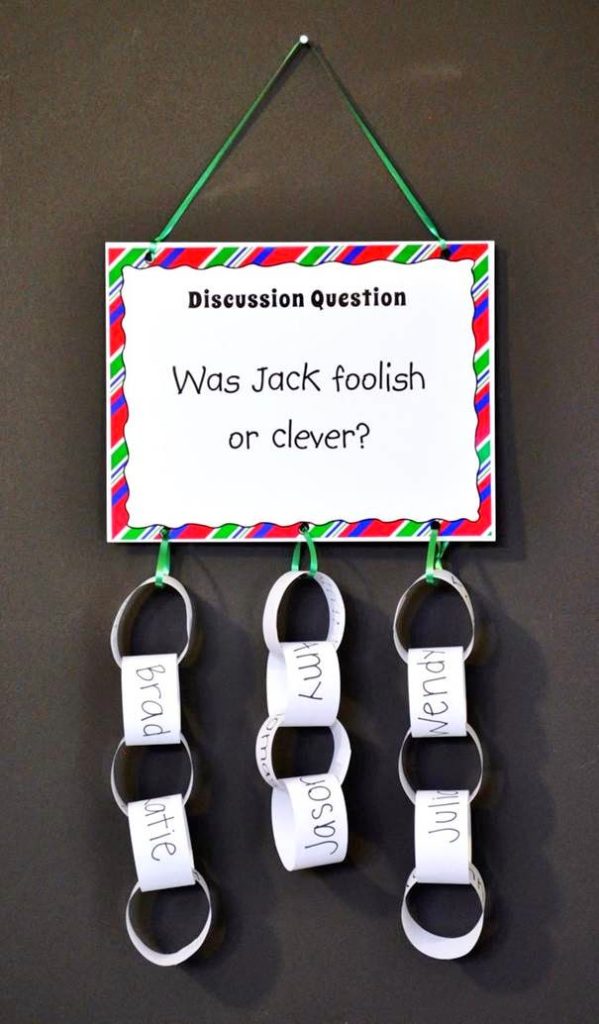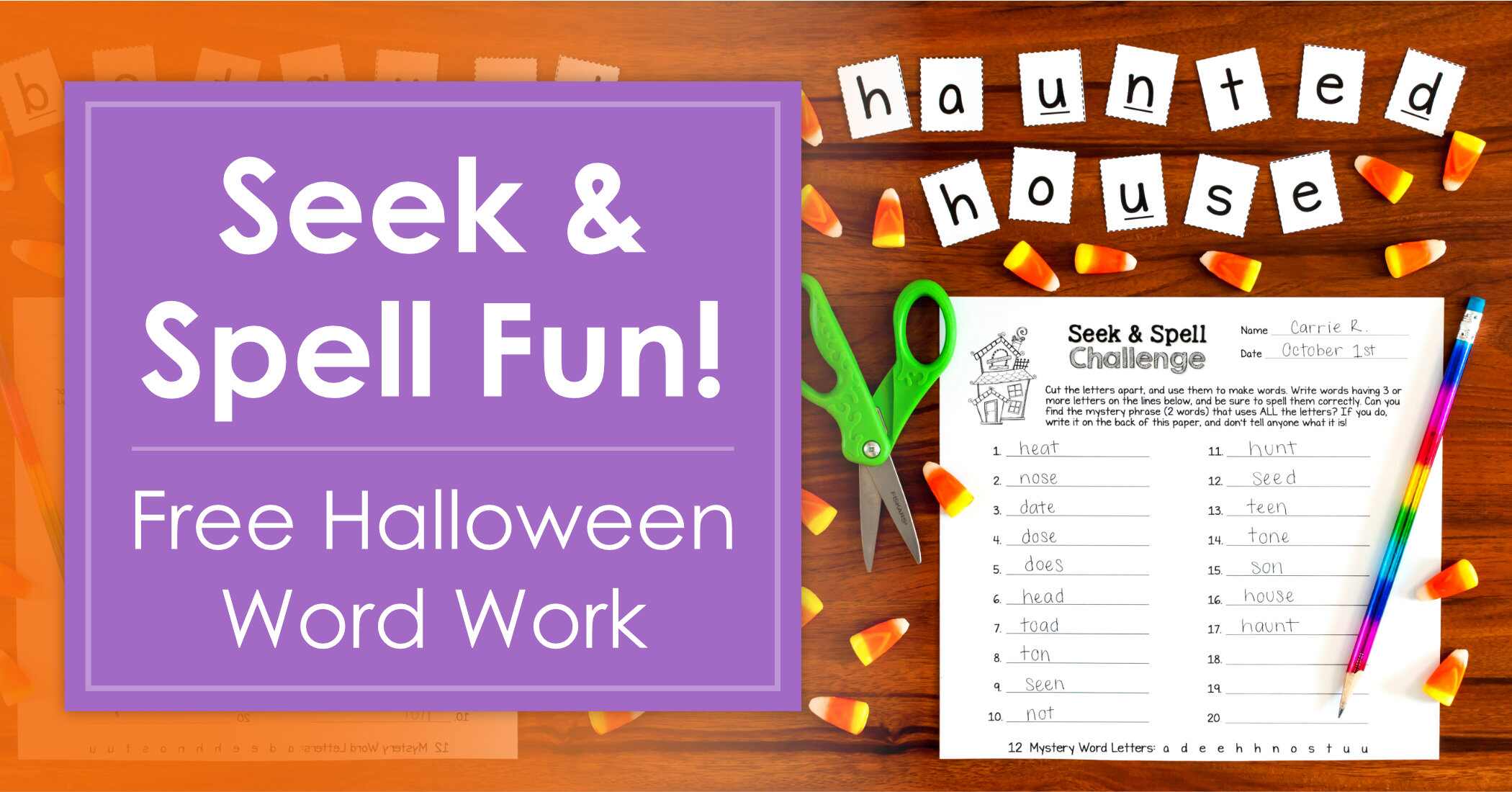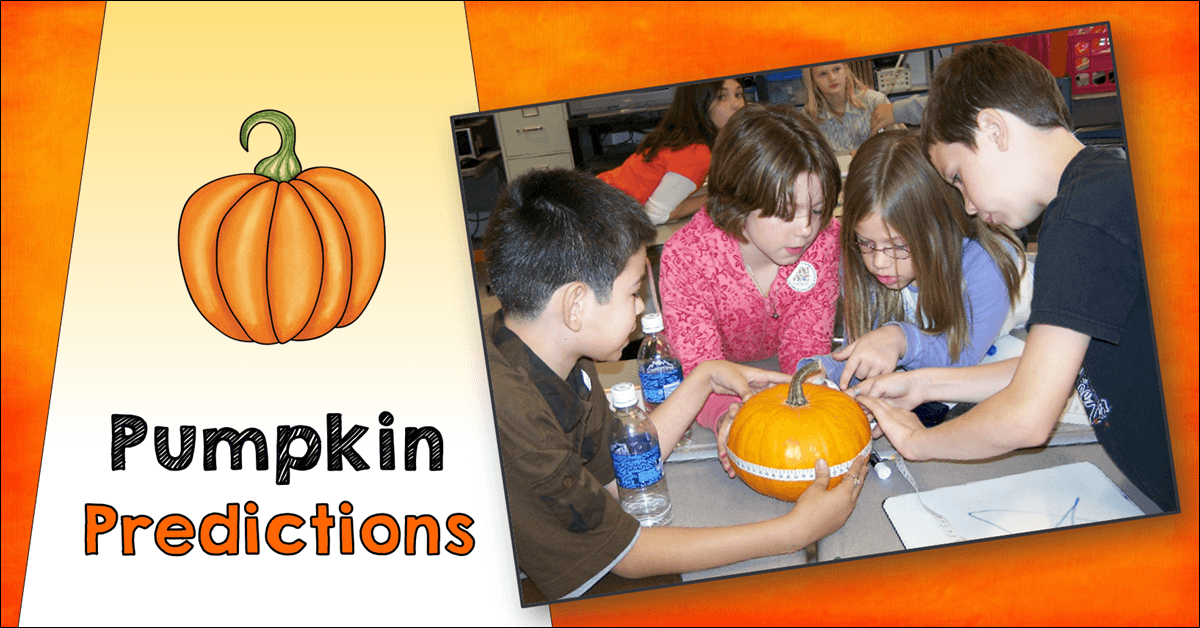Do you remember the last time you and your friends had a great discussion? I’ll bet you didn’t take turns around the table with each person speaking for 30 seconds or a minute! Instead, it was probably a lively conversation with everyone listening to each other and responding to everyone’s ideas. Although you didn’t speak for the same amount of time, everyone was involved and participated actively. If group members disagreed with each other, they were polite and supported their own views with facts and relevant details. Everyone was energized by the discussion and came away with some new perspectives.
Now think about what happens in team discussions at school. One student dominates the discussion while others are too shy to share their own views. To prevent this from happening, we ask them to take turns around the team … but those discussions don’t feel like real conversations. It’s obvious that team members aren’t really listening to each other because they don’t link their ideas to what anyone else has said. Instead, it’s almost as if they’re simply waiting for their turn to talk. Because most kids don’t know how to disagree politely, either they all agree with each other or when they do disagree, someone’s feelings are sure to be hurt. Watching these “discussions” is almost painful!
Teaching Kids to Link Ideas
As you know from your own discussions, a great conversationalist is someone who really listens to others and who demonstrates this by linking his or her ideas to those of others in the group. This skill is so important that it’s stated in the Common Core Speaking and Listening Standards for collaborative discussion at almost every grade level.
But how do we teach that skill? One way to follow these steps:
- Name the person who shared the idea to which you are connecting.
- Mention a key idea, fact, or opinion the other person shared.
- Clearly state your own question, opinion, or idea.
For example, “Julie, I can see why you might say that Cindy is outgoing, but I thought she was shy because ….” or “Tom, I agree with you about ________, and another detail that supports your point is…”
Introducing the Strategies
When you begin teaching students to have real discussions in which they link their ideas to others, it’s best to start with baby steps. Introduce the concept in a whole group setting by posing a question and asking volunteers to come forward and link arms to show how they are connecting their ideas to others. Model the three parts of a linked response described above.
Next, students can create paper chain links to model how speakers often have multiple discussion threads going at the same time. Finally, you can introduce older students to team “discussion webs” where their ideas are interconnected in complex ways.
Strategies for Teaching Discussion Connections
You can learn more strategies for teaching discussion connection skills by watching this short video clip from one of my webinars.
Be sure to check out my Discussion Connections resource on TpT, too. It’s a step-by-step guide for introducing discussion skills to your students. You’ll find all the directions and printables needed, including discussion prompts to help students link their ideas. I recently updated this product, so it now includes editable Google Slides versions of the lesson resources. If you’d like to take a look, click here to preview a PDF of the entire product.
There’s nothing wrong with having students take turns sharing ideas around the table, especially when they first work in cooperative learning teams. It’s a great place to start! The problem comes in when we don’t take our students to the next level and teach them how to have REAL discussions.
In order to have meaningful interactions in cooperative learning teams, literature circles, and even in the lunchroom, kids need to understand that discussion involves LISTENING as well as talking. When we take time to connect our ideas, we show that we are listening to others and considering their viewpoints, rather than waiting for our turn to talk. Taking time to teach discussion strategies at the beginning of the year will reap dividends later, and those benefits will reach far beyond the classroom!










